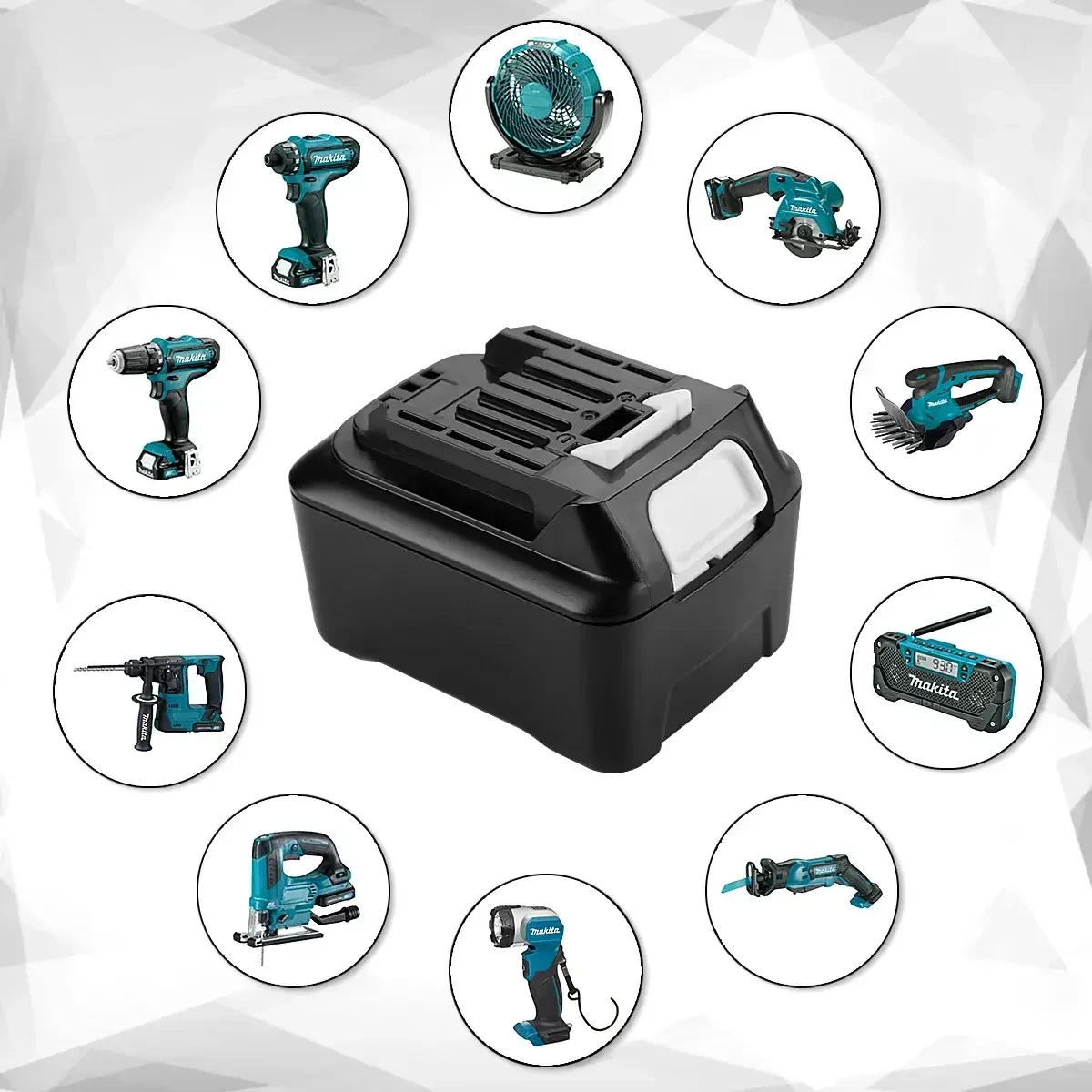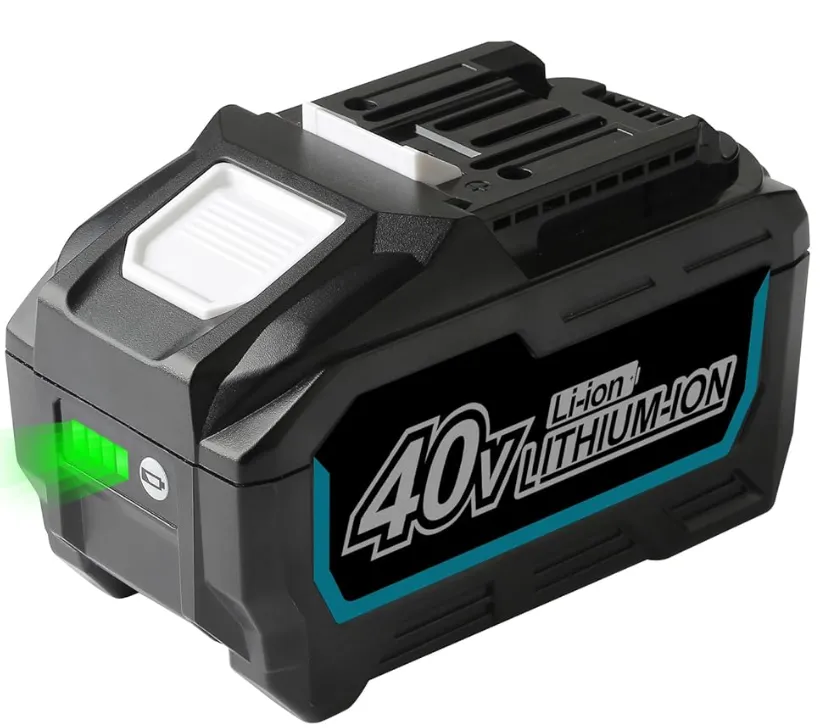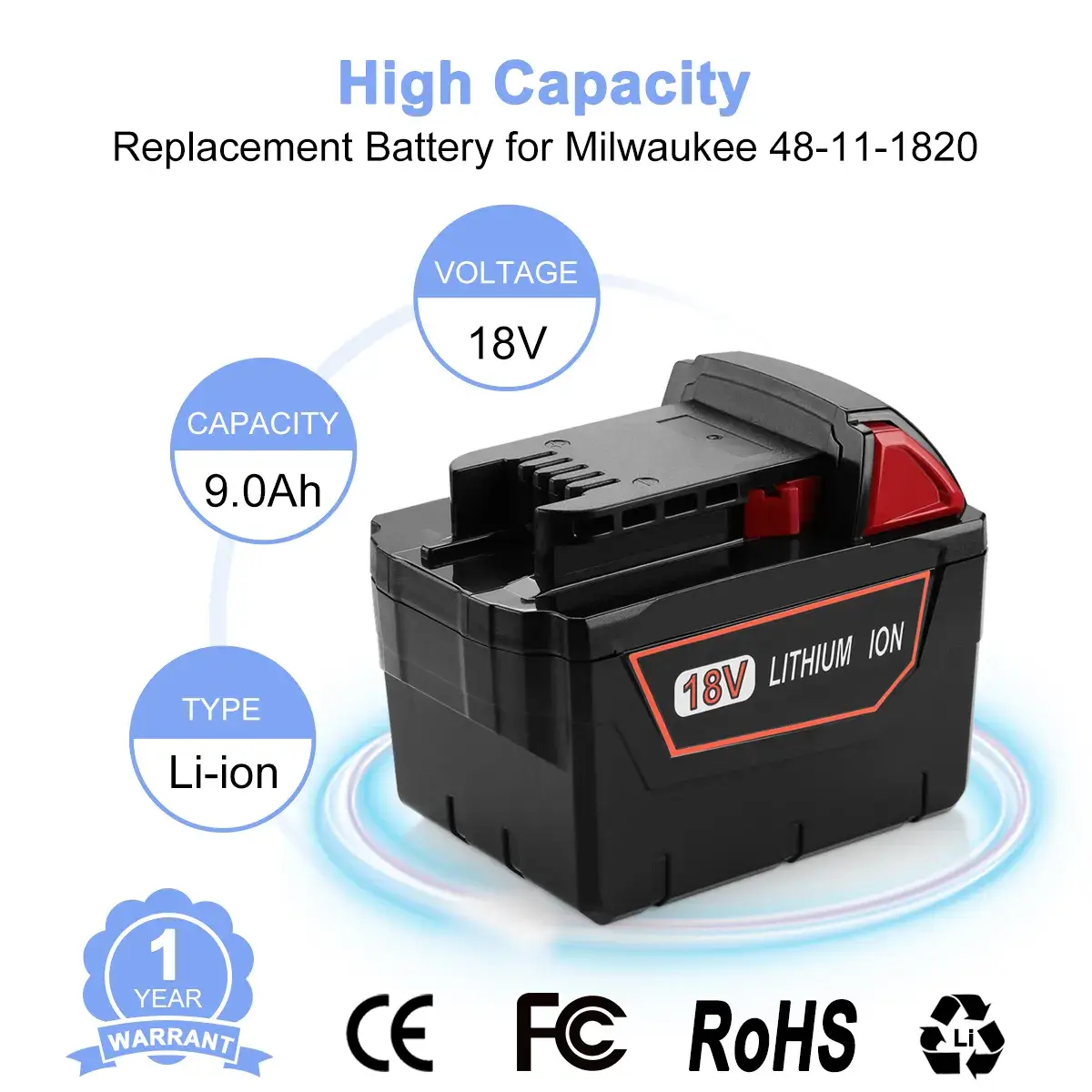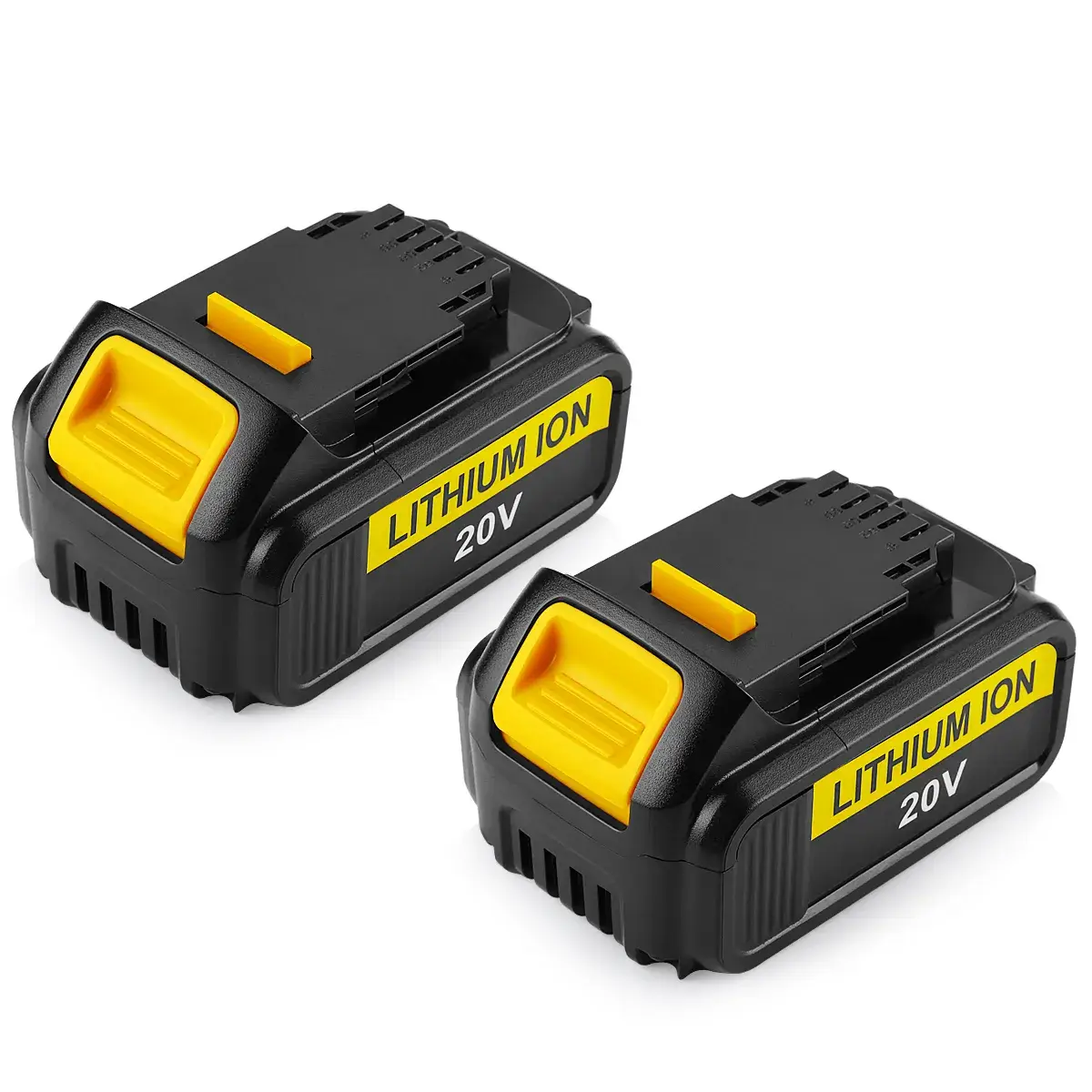2×4.0 Ah vs. 1×8.0 Ah Battery Pack: Which Is Better?
This guide compares two 4.0 Ah batteries in parallel versus a single 8.0 Ah pack—evaluating runtime, weight distribution, charging convenience, and cost to help you choose the ideal configuration for your tools.

Choosing two 4.0 Ah batteries in parallel gives the same 8.0 Ah capacity as a single pack but offers faster charging—each cell charges separately—plus redundancy: if one pack fails, you still have backup power. However, it adds extra weight, takes more space, and requires a dual‑port charger. A single 8.0 Ah pack is more compact and lighter with simpler maintenance, but charges more slowly and leaves you fully powerless if it fails. Pick based on your charger setup, space constraints, and need for backup.
1. What Does “Ah” Mean in a Battery, and Is It the Same as Amps?
“Ah” stands for ampere‑hour, a unit of battery capacity indicating how much charge a battery can deliver over time. One ampere‑hour means a battery can supply one amp of current for one hour. In contrast, amps (A) measure instantaneous current flow—how much current is drawn at any given moment. Thus, Ah tells you **how long** a battery will last under a certain load, while amps tell you **how much** current it’s providing or receiving right now. They’re related (capacity versus current) but not the same.
Definition: One ampere-hour (Ah) equals one amp drawn continuously for one hour.
Distinction: Amp (A) measures instantaneous current flow; Ah indicates total charge capacity over time.
2. What Factors Affect a Battery’s Ah Rating?
Battery ampere‑hour (Ah) rating depends on several key factors: the cell’s chemistry (lithium‑ion cells typically offer higher energy density than NiMH), electrode surface area and thickness (more active material equals greater capacity), and internal design (separator quality, cell geometry). Discharge rate also impacts usable Ah—higher current draw can reduce effective capacity. Temperature extremes and aging (cycle count and depth of discharge) further degrade Ah over time, so real‑world capacity often falls below the nameplate rating.
Several parameters determine a pack’s nominal capacity:
- Cell Chemistry & Construction: Energy density and electrode design
- Series vs. Parallel Configuration: Parallel cells add capacity (Ah); series cells add voltage (V)
- Internal Resistance & Manufacturing Tolerances: Affect usable capacity under load

MAK-40V-LI-21700 Li-Ion Battery Replacement For Makita 40V BL4025 Tool
3. How Long Will a 4.0 Ah Battery Actually Last?
Estimate runtime by dividing capacity by average tool current:
- Basic Calculation: Runtime ≈ Ah ÷ Load (e.g., 4 Ah ÷ 2 A = 2 hours)
- Real-World Adjustments: High peak currents, duty cycles, and efficiency losses reduce actual run time by \~10–20%.
4. Does a Higher Ah Battery Deliver More Power?
Clarification: Ah extends endurance; it does not increase voltage or peak power. Power output depends on pack voltage and cell discharge capability, not capacity alone.
5. Trade-Offs of Higher Ah in Terms of Weight and Charge Time
Increasing capacity affects ergonomics and charging:
- Weight Increase: An 8.0 Ah pack is roughly double the mass of a single 4.0 Ah—impacts tool balance.
- Longer Charge Duration: Charging 8.0 Ah at 2 A takes \~4 hours vs. two 4.0 Ah packs (charged separately) could finish in \~2 hours each.
- Ergonomics: Heavier single pack vs. lighter tandem packs distributed on tool handles or alternate tools.
6. How Do Two 4.0 Ah Packs in Parallel Compare to One 8.0 Ah Pack?
Runtime: Both configurations deliver 8.0 Ah total—identical theoretical endurance.
Charge Speed: Two 4.0 Ah packs can be charged in parallel (if your charger supports it), cutting individual charge times in half.
Weight Distribution: Dual packs can be swapped between tools for balanced handling; a single pack centralizes mass but simplifies tool interfaces.

18V Battery for Milwaukee M18 Battery Compatible with Milwaukee 48-11-1852 48-11-1850 48-11-1862 48-11-1865 M18 Batteries
7. Can You Mix Batteries of Different Ah Ratings Safely?
Risk: Mixing Ah ratings in the same tool or charger can lead to uneven cell balancing, BMS conflicts, and premature wear.
Recommendation: Use matched-capacity packs as designed by the manufacturer or follow OEM guidance for mixed configurations.
8. Does Connecting Identical Cells in Parallel Increase Capacity?
Principle: Parallel connection of identical voltage cells sums Ah capacity while maintaining pack voltage.
Condition: Ensure all parallel cells have matching specs—voltage, capacity, internal resistance—to avoid current imbalances.
9. How Do You Choose the Right Ah Rating for Your Tool?
Select capacity based on desired runtime and tool current draw:
- Calculation: Required Ah = Tool Current (A) × Desired Runtime (h)
- Trade-offs: More Ah extends runtime but adds weight and cost; balance against your workflow and strength requirements.
10. Can You Replace a 4.0 Ah Battery with an 8.0 Ah Pack?
Compatibility: Direct swap is possible if voltage and form factor match.
Considerations: A heavier pack may affect tool balance and connector wear; charging time and ergonomics will differ.
11. What Ah Rating Do You Need for a 12 V Automotive Battery?
Automotive batteries use Ah to indicate reserve capacity:
- Example: A 12 V/100 Ah battery can ideally supply 100 A for 1 hour (or 10 A for 10 hours) under ideal conditions.

12. What Is the Best Ah Rating for Lithium Batteries?
The “best” capacity depends on application:
- High-Ah: for extended runtime in demanding tasks (e.g., welding, high-draw tools).
- Moderate-Ah: for weight-sensitive or precision work.
- Cell Quality & BMS: Premium cells and smart BMS ensure actual performance and safety irrespective of Ah rating.
13. FAQ
Q1. Is a 2.0 Ah Battery Better Than a 1.5 Ah Battery?
2.0 Ah offers \~33% more runtime with minimal additional weight.
Q2. What’s the Difference Between 2 Ah and 8 Ah?
8 Ah provides approximately four times the runtime of a 2 Ah pack under identical loads.
Q3. Does a 4 Ah Battery Give More Power?
No—capacity increases runtime only; power output is determined by pack voltage and cell discharge capability.
14. Conclusions & Next Steps
Recap: Two 4.0 Ah packs equal one 8.0 Ah in total capacity—but offer faster parallel charging and more ergonomic flexibility, while a single 8.0 Ah pack simplifies configuration and reduces connector wear.
the current draw and required runtime to decide whether a dual‑pack or single‑pack solution best fits your workflow.